Famous Firsts– The Lamborghini 350GT
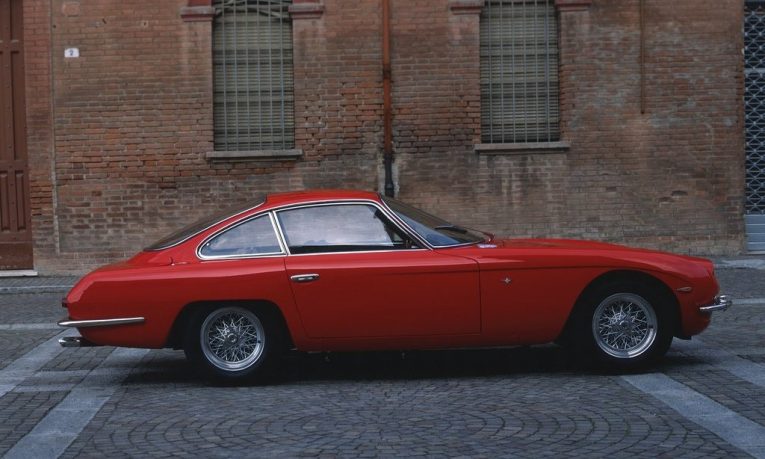
We watched the Cannonball Run again recently because, well, why wouldn’t you? Off the back of that we found ourselves brushing up on our Brock Yates and US, cross-country illegal street race history, which in turn led us to a rather interesting documentary about the iconic black Lamborghini Countach that featured in the film and one that very much stole the show. Well, included in that programme was a brief segment about Lamborghini’s very first car – the 350GT. A somewhat forgotten piece of automotive history, adrift in a sea of more famous fare from the Italian giant; the likes of the Diablo, Miura and aforementioned Countach, for example. But lest we forget where it all began for Ferruccio Lamborghini after he decided his Ferrari wasn’t quite cutting the mustard and transitioned from building tractors to some of the most beautiful and desirable cars on the planet.
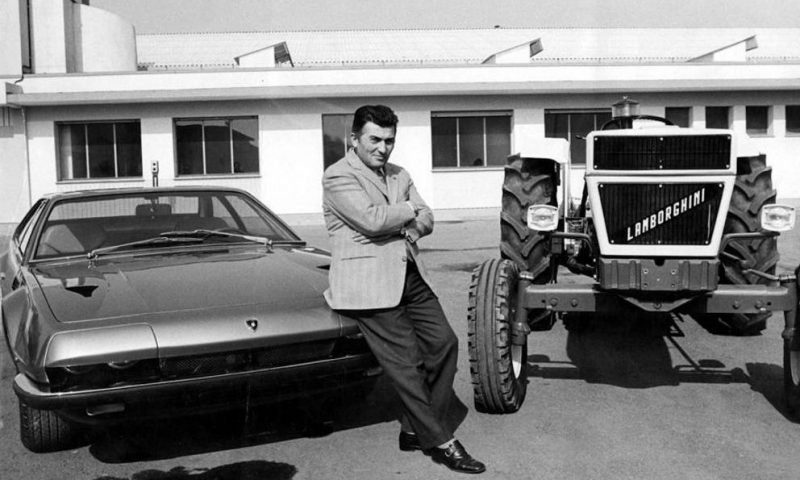
In 1958, having made enough money from building and selling farm machinery in the post-war years Ferruccio Lamborghini was flush enough to be able to afford a Ferrari 250GT. Lucky boy. Dissatisfied with various aspects of the car, however, and after numerous trips to the Maranello workshop for tinkering Lamborghini finally decided to (rather audaciously we might add) take his gripes to the man himself, Enzo Ferrari. Summarily dismissed by the boss Lamborghini took it upon himself to personally modify his 250GT, thereby making it better than the stock models that Ferrari was offering in the process. This was all the incentive he needed and it convinced him to subsequently go into business to produce what he saw was the perfect GT car – something that he felt was unavailable from the established auto makers at the time.
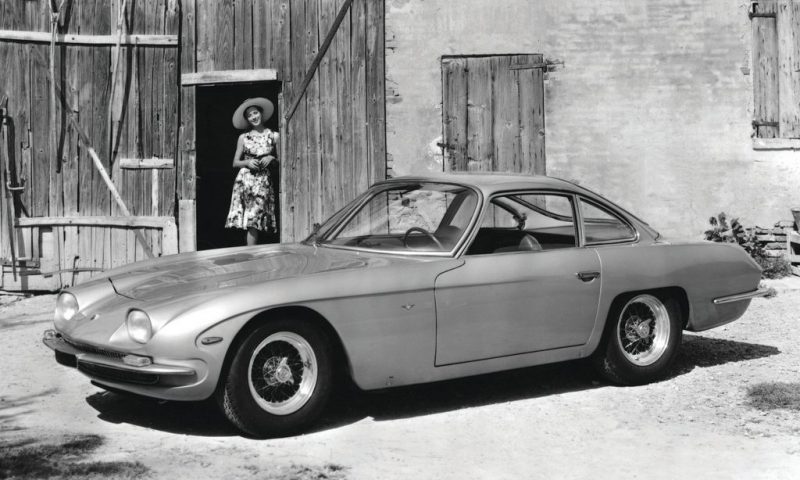
So, with his idea for the ultimate Grand Tourer in mind Lamborghini got to work. His wish list included high performance without compromising interior luxury, ride quality and refinement, something he felt the 250GT was missing, describing Ferrari’s cars as more track oriented and lacking the comfort that road going cars required. That’s not to say he wasn’t a fan, quite the opposite and Lamborghini owned a number of Ferrari’s throughout his life. This was merely healthy competition at its finest.
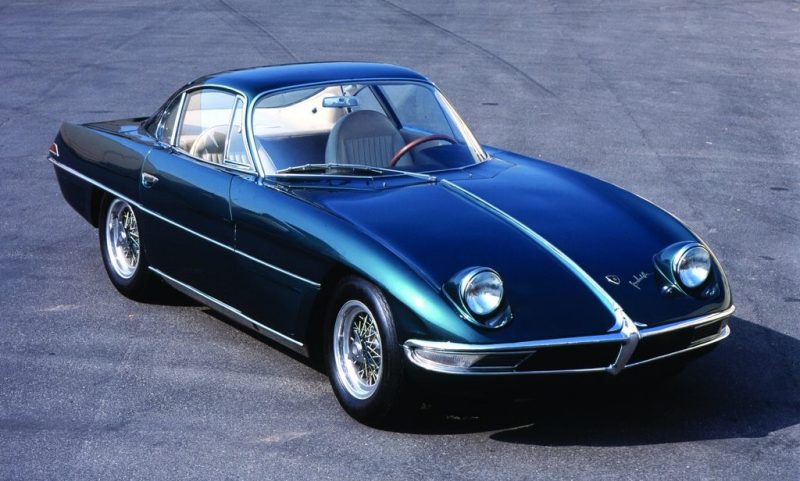
Produced for two years between 1964 and 1966 the 350GT was based on the 350GTV prototype that was designed by Franco Scaglione but never finished. The styling of the GTV wasn’t quite what Lamborghini was looking for, however, and so he handed the project over to Italian coachbuilders Carrozzeria Touring to develop the car into a more useable production model. As well as refinements to the chassis much of the exterior styling was also changed from the original prototype but the 350GT did retain some elements of that original design, most noticeably the four-wheel independent suspension, aluminium body and quad-cam, 3.5-litre V12 engine.
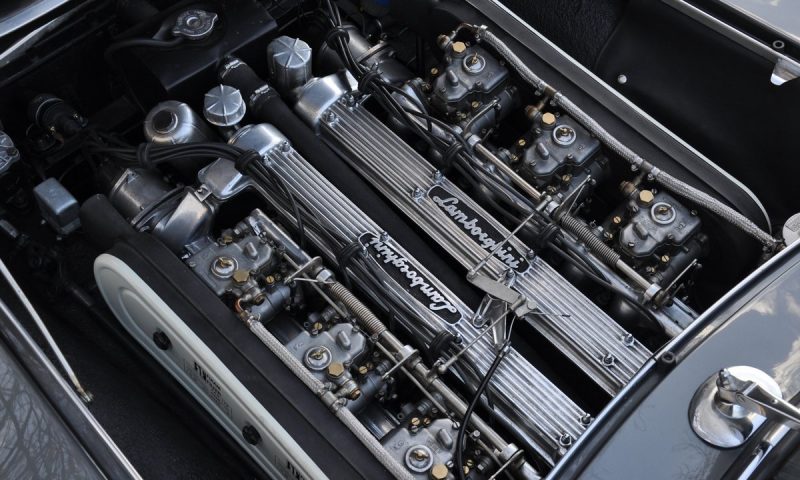
Designed by Lamborghini’s chief engineer at the time Giotto Bizzarrini the engine was the first of only two V12 power plants that Lamborghini themselves have developed and produced for use in their cars. This first iteration would continue to feature in Lamborghinis for nearly 50 years with the Murcielago being the final model to be fitted with a 6.5-litre version. It was the first internal combustion engine the firm had ever produced and to say they got it right first time round would be somewhat of an understatement.
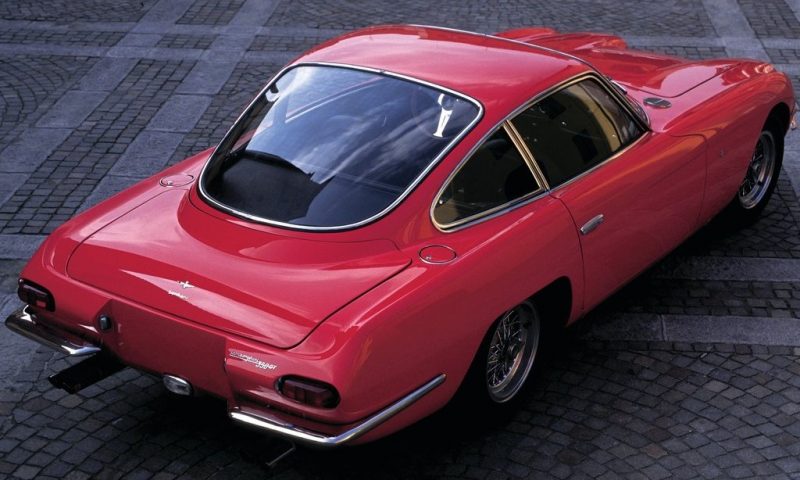
Bizzarrini claimed that his engine was capable of 400bhp but a smoother, de-tuned version was deemed more suitable for the production 350GT and so with the help of in-house engineer Gian Paolo Dallara and test driver Bob Wallace the V12 was refined, producing a final power output of 280bhp. This was achieved by utilising wet sump oiling instead of the original dry system, replacing the down-draft carbs with more conventional side-draft 40 DCOE Webers and reducing the compression ratio, amongst other things. This meant a top speed for the 350GT of almost 160mph and a 0-60 time of six-and-a-half seconds which were still impressive figures. This was the early ’60s don’t forget.
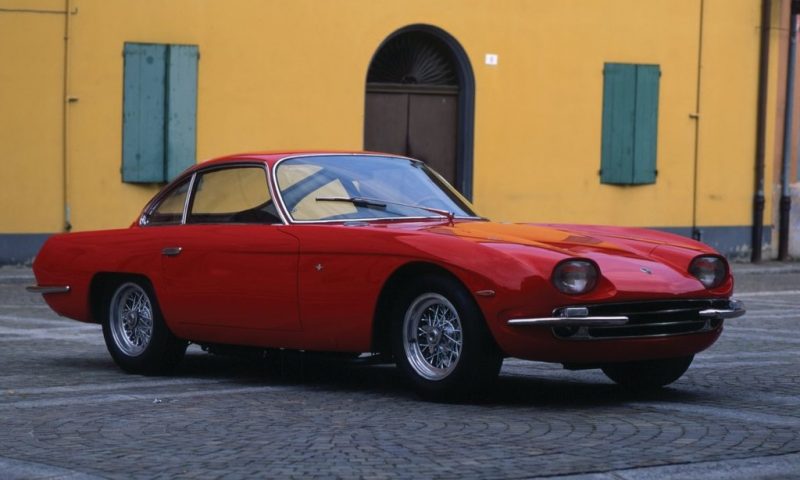
The finished car was unveiled at the Geneva Motor Show in 1964, just five months after the initial GTV prototype took the stage the previous year in Turin. The public loved it and Lamborghini immediately put the car into production. With its all-aluminium V12 engine and body, five-speed ZF manual gearbox, limited-slip differential, four-wheel independent suspension, and full compliment of servo-assisted disc brakes all round the 350GT was ahead of anything that Ferrari was producing at the time, both from a technical and a performance standpoint. Not only that but it was, and still is, a stunningly beautiful car. Ferruccio Lamborghini had done it.
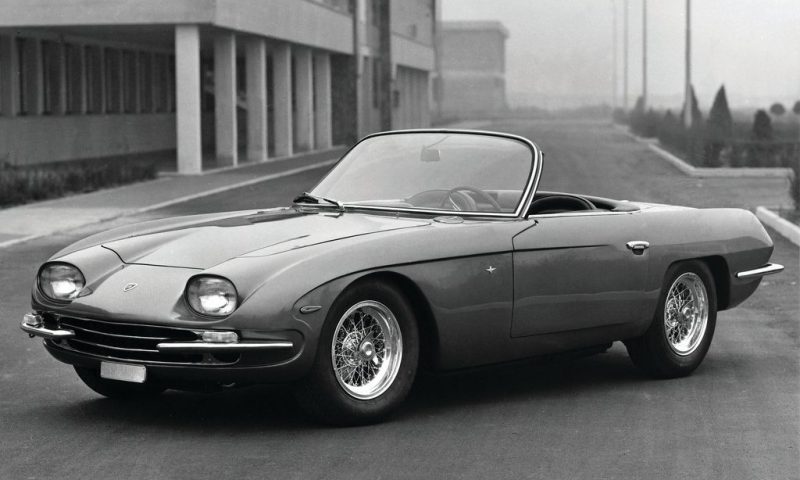
A total of just 120 350GT models (not counting the two 350GTS convertible Spyder versions built by Carrozzeria Touring in 1965) rolled out of the factory at Sant’Agata Bolognese over the course of those two years in the early ’60s which makes it an incredibly rare thing and prices today are reflective of that exclusivity. Not only that but it remains a truly beautiful piece of automotive artwork. Just look at that profile! It’s absolutely gorgeous. The doors alone deserve a place in the Louvre and while the headlights may be a little divisive the overall silhouette of the car is a masterpiece. Combined with that magnificent Bizzarrini V12 the 350GT is an astonishing car, even more so when you think that this was Lamborghini’s debut effort. Having the confidence and self-belief to think that you could build a better car than Ferrari is one thing. To actually pull it off is quite another.


